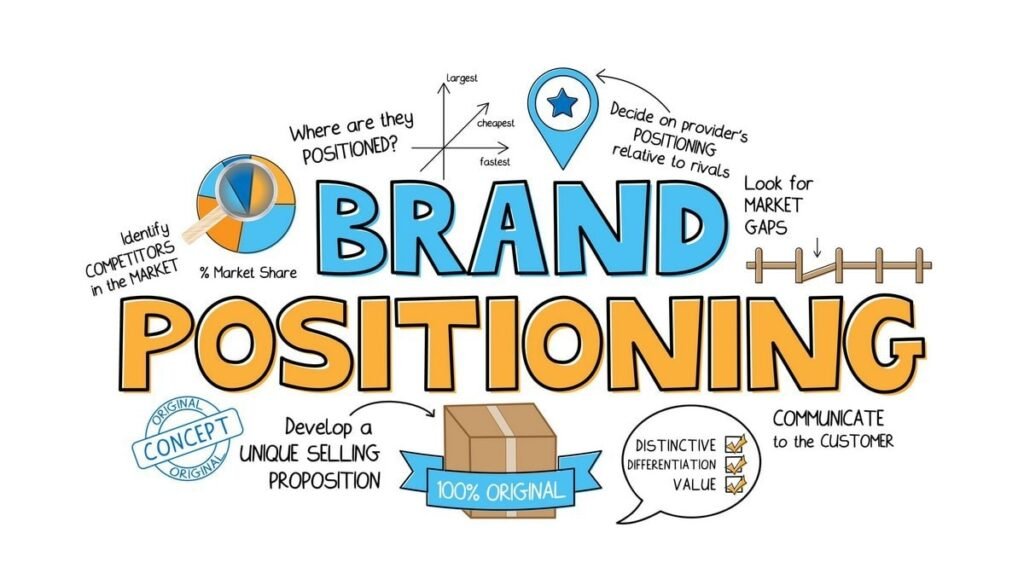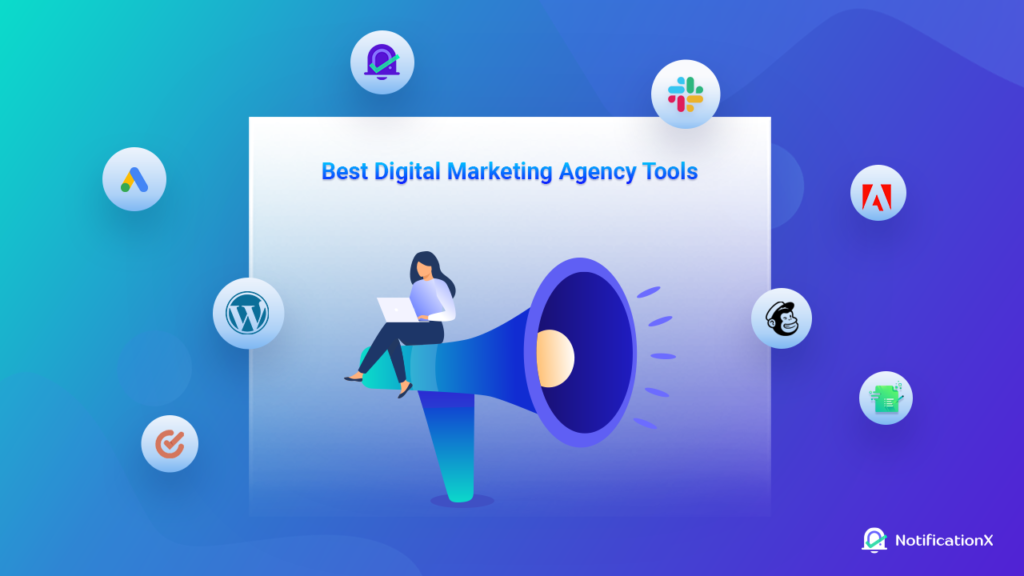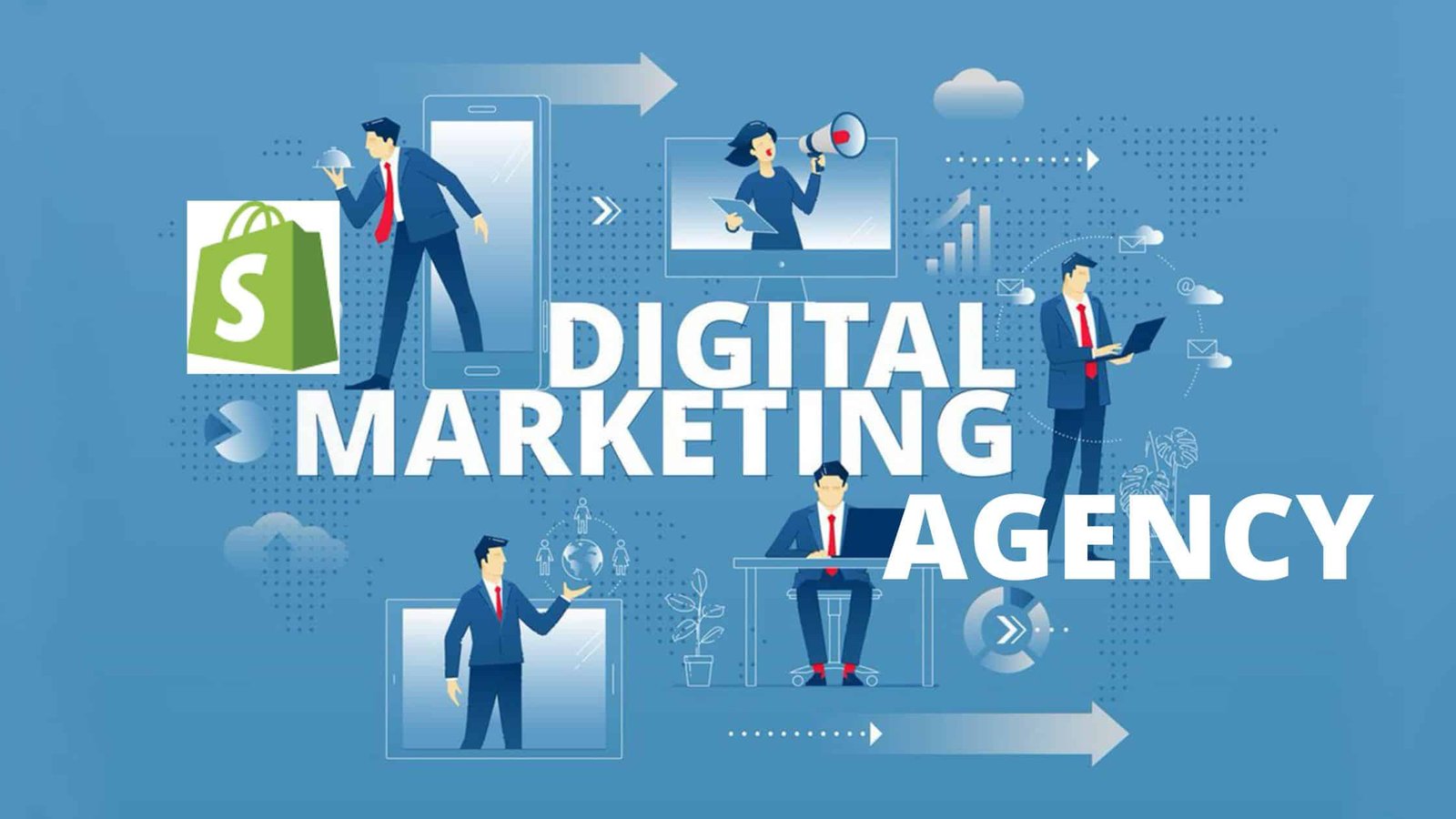A digital marketing agency helps businesses grow by promoting their products or services online. Here’s a step-by-step guide to how such agencies typically operate:
1. Client Onboarding and Understanding Goals

- Initial Consultation:
- Meet with the client to understand their business goals, target audience, budget, and expectations.
- Market Research:
- Analyse the client’s industry, competitors, and market trends.
- Study customer Behaviour and preferences.
2. Strategy Development

- Define Objectives:
- Examples: Increase brand awareness, boost website traffic, generate leads, improve sales, or enhance customer engagement.
- Identify Channels:
- Decide the platforms to focus on (e.g., Google Ads, social media, email, SEO, content marketing).
- Create a Content Plan:
- Outline what type of content will be created (e.g., blogs, videos, infographics).
3. Branding and Positioning

- Establish Branding Guidelines:
- Develop or refine the client’s logo, color scheme, tone of voice, and messaging.
- Create Buyer Personas:
- Build detailed profiles of ideal customers to tailor marketing strategies.
4. Campaign Setup

- Website Optimization:
- Ensure the client’s website is user-friendly, fast, and optimized for conversions (landing pages, CTAs).
- SEO (Search Engine Optimization):
- Research keywords, optimize on-page and technical elements, and build backlinks.
- Set Up Advertising Campaigns:
- Launch ads on platforms like Google Ads, Facebook, Instagram, LinkedIn, or TikTok.
- Email Marketing:
- Design and deploy email campaigns for lead nurturing or promotions.
5. Content Creation

- Design and Write Content:
- Produce high-quality, relevant content (e.g., blogs, videos, graphics).
- Social Media Management in digital marketing agency
- Post engaging content regularly on selected platforms.
- Video and Podcast Production:
- Create multimedia content if needed.
6. Implementation and Execution

- Launch Campaigns:
- Start the planned campaigns on the selected channels.
- Social Media Engagement:
- Actively engage with users, reply to comments, and manage messages.
- Monitor Performance:
- Track campaigns daily for insights and troubleshoot issues.
7. Analytics and Optimization

- Track KPIs:
- Measure performance using tools like Google Analytics, SEMrush, or social media insights.
- Common KPIs: CTR, conversion rate, engagement rate, ROI.
- A/B Testing:
- Test different versions of ads, emails, or landing pages to identify what works best.
- Optimize Campaigns:
- Adjust strategies based on analytics to improve results.
8. Reporting and Communication

- Prepare Reports:
- Share detailed reports with clients regularly (weekly, bi-weekly, or monthly).
- Include metrics like ROI, traffic, leads generated, and campaign highlights.
- Client Feedback:
- Discuss results and gather feedback for adjustments.
9. Scaling and Retargeting

- Scale Successful Campaigns:
- Allocate more budget to high-performing campaigns.
- Retargeting:
- Use tools like Google Ads and Facebook Pixel to retarget users who interacted but didn’t convert.
10. Continuous Improvement

- Stay Updated:
- Adapt to industry changes, new tools, and platform updates.
- Experiment:
- Test innovative strategies to stay ahead of competitors.
- Ongoing Support:
- Provide customer support, update strategies, and maintain a strong relationship with the client.
Tools Commonly Used by Digital Marketing Agency

- SEO Tools: SEMrush, Ahrefs, Moz
- Analytics: Google Analytics, Adobe Analytics
- Social Media: Hootsuite, Buffer, Sprout Social
- Advertising: Google Ads Manager, Meta Ads Manager
- Email Marketing: Mailchimp, HubSpot, ActiveCampaign
- Design: Canva, Adobe Creative Suite, Figma
